The workforce has not sprung back. According to the latest labour market figures, released by the Office for National Statistics today, the UK workforce is falling, not rising. Employers may be crying out for workers but the number in employment fell by 52,000 in the three months to September, twice what was expected. This was due to a remarkable drop of 249,000 in September alone. Meanwhile, job vacancies still stand near the record high, at 1.23 million – about twice the average seen in the past decade.
Unemployment, by formal definition, has fallen: a dip of 0.2 percentage points on the quarter, down to 3.6 per cent. Very few people seeking work are struggling to find it. But widen the definition to include everyone not employed and claiming out-of-work benefits (a figure not published by the government but discernible from the DWP database) and you hit a figure closer to 13 per cent nationally – rising to 20 per cent in Liverpool, Birmingham and Glasgow.
The ONS stresses this general point: the fall in employment is mainly because so many people have stopped looking for work altogether. The updated figures for inactivity suggest that the number of people inactive due to long-term sickness has risen by 402,000 since the pandemic started.
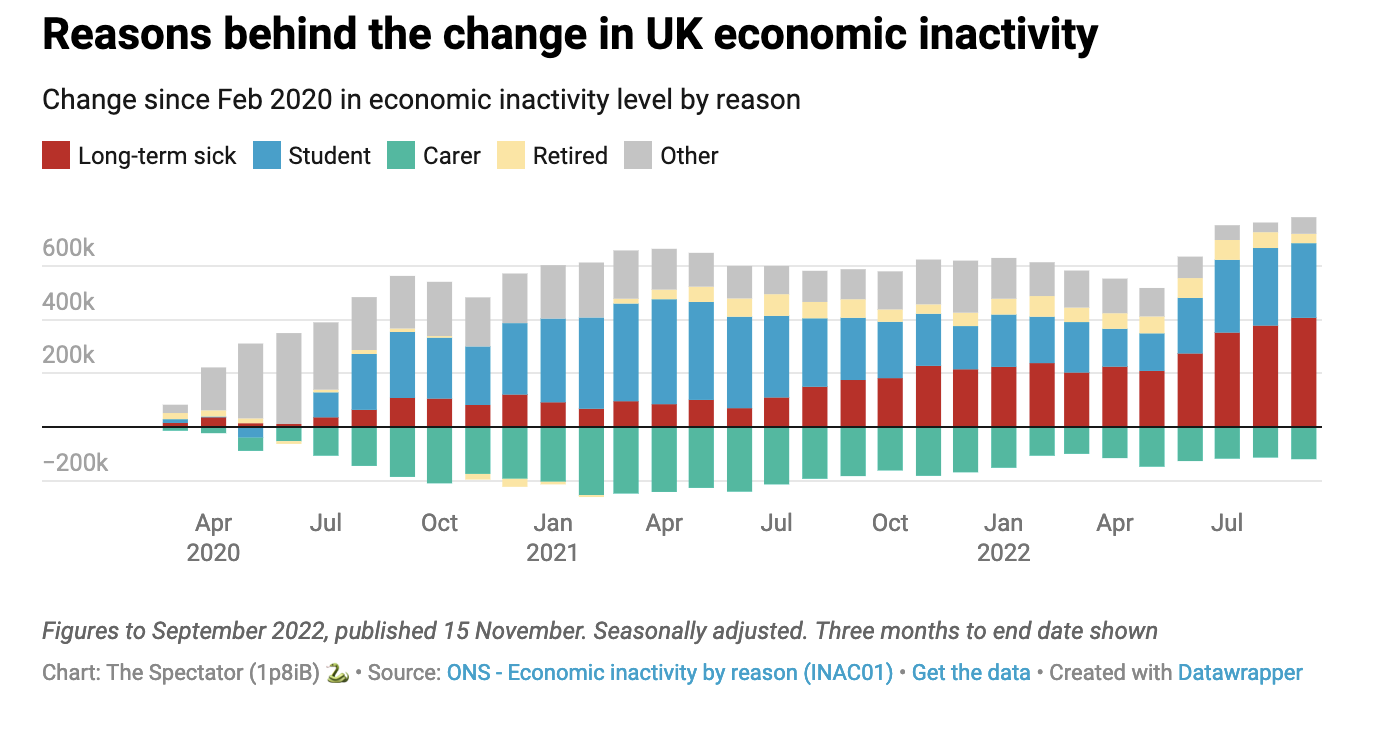
The mystery of the missing workers remains one of the biggest domestic stories in the UK right now. Only recently has long-term sickness become a mainstream topic of discussion, as the record high waiting list for treatment from NHS England is making it even harder to get these workers support (and raising controversial questions about how the list should be prioritised). Bank of England chief economist Huw Pill pushed this issue as the leading problem for the UK’s labour market at the Treasury Select Committee last week, while his predecessor Andy Haldane also noted last week that ‘we’re in a situation for the first time, probably since the Industrial Revolution, where health and wellbeing are in retreat,’ serving as a ‘brake in the rise of growth and wellbeing of our citizens’.
How to fill the gaps in the labour market remains a source of debate: should full emphasis should be put on getting British natives back into work, or is this the time to revisit the government’s 2020 decision to all-but-end legal pathways into the UK for foreigners offering up ‘low-skilled’ work? (This is a debate which played out on Coffee House Shots over the weekend. Listen here.)
The other worrying trend to be found in the data this morning relates to wages. Inflation is certainly lifting wages in the private sector, with average pay growth in the private sector reaching 6.6 per cent between July and September. Average pay in the public sector grew by 2.2 per cent – a comparison that will no doubt be used by workers and unions in the coming weeks, especially in discussions over potential strikes, to further make the case for pay rises.
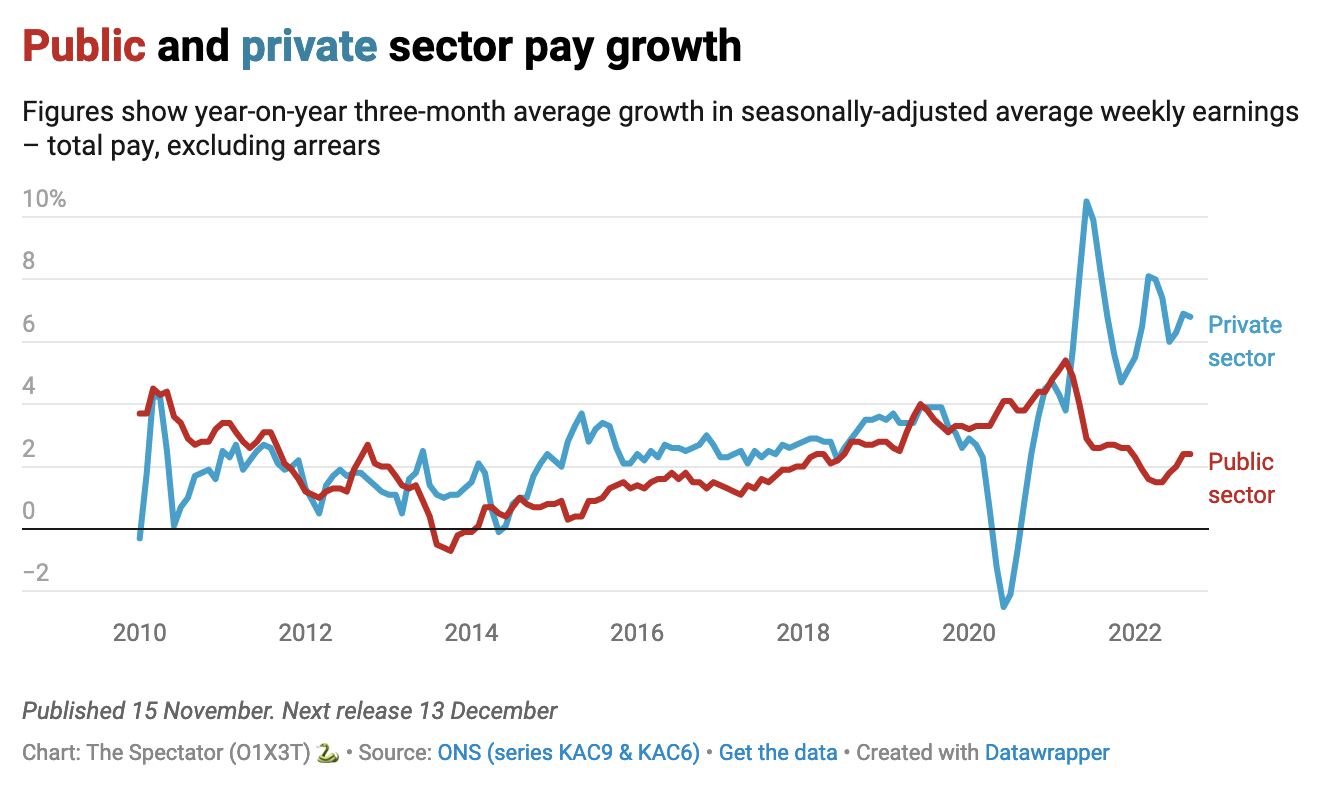
But the above is not adjusted for inflation. Do so and the figures show that regular pay still fell by 2.7 per cent – a slightly smaller fall compared to the last quarter, but still a record drop compared with the ONS’s records. The real-terms pay falls – and the biting reality that double-digit inflation is making everyone worse off – will also check some of the bigger requests for above-inflation pay hikes, which your average private sector worker is not experiencing.
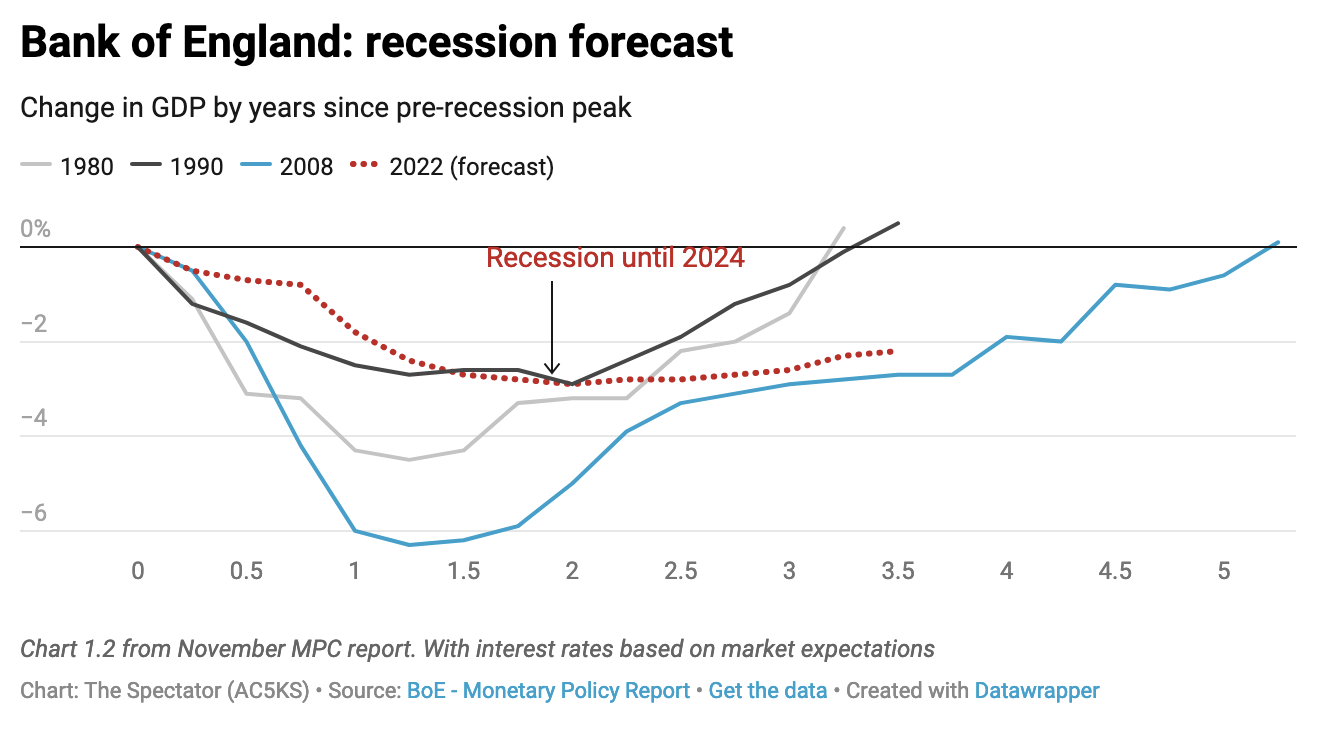
The UK economy may already be in a recession the Bank of England expects to last for some time. But one of the main constraints of growth, one of the factors prolonging this recession, is a lack of people willing to work. This is a highly unusual conundrum – one that was barely recognised by previous prime ministers. We’ll see in Thursday’s Autumn Statement whether Rishi Sunak takes a new approach.
The post UK workforce falls, vacancies at 1.23 million appeared first on The Spectator.
Got something to add? Join the discussion and comment below.
Get 10 issues for just $10
Subscribe to The Spectator Australia today for the next 10 magazine issues, plus full online access, for just $10.


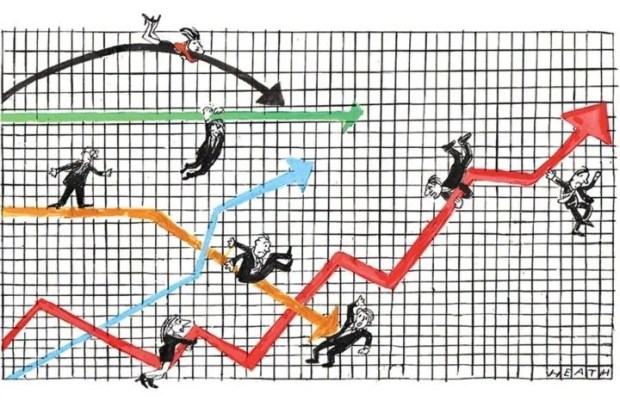
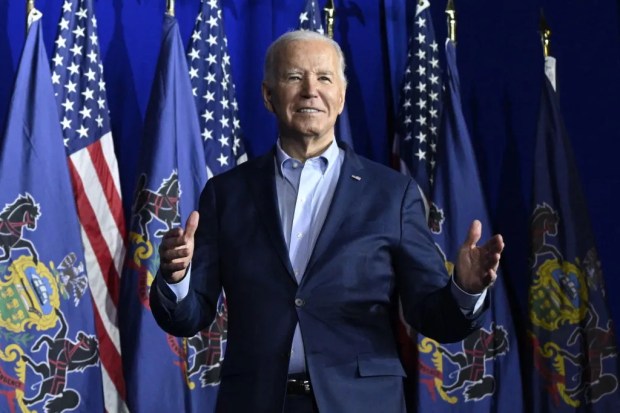
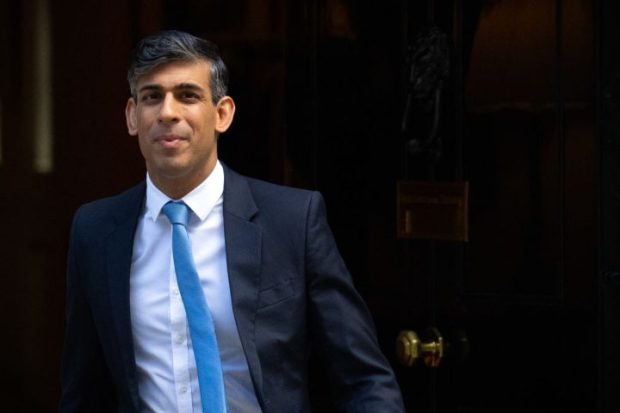
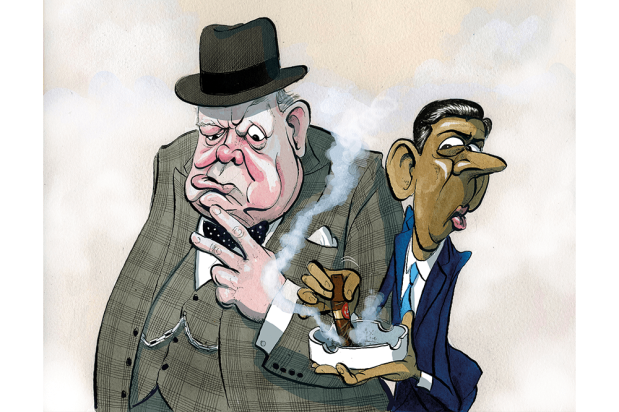
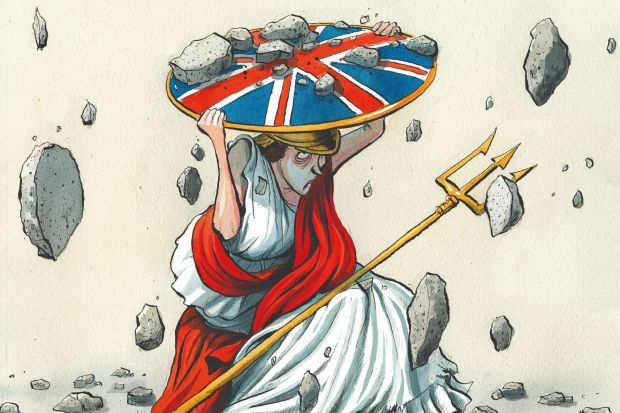













Comments
Don't miss out
Join the conversation with other Spectator Australia readers. Subscribe to leave a comment.
SUBSCRIBEAlready a subscriber? Log in